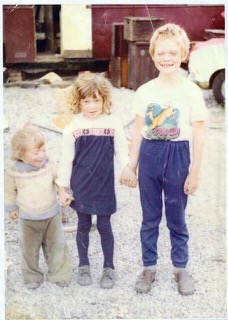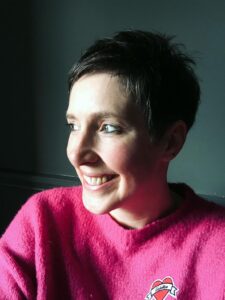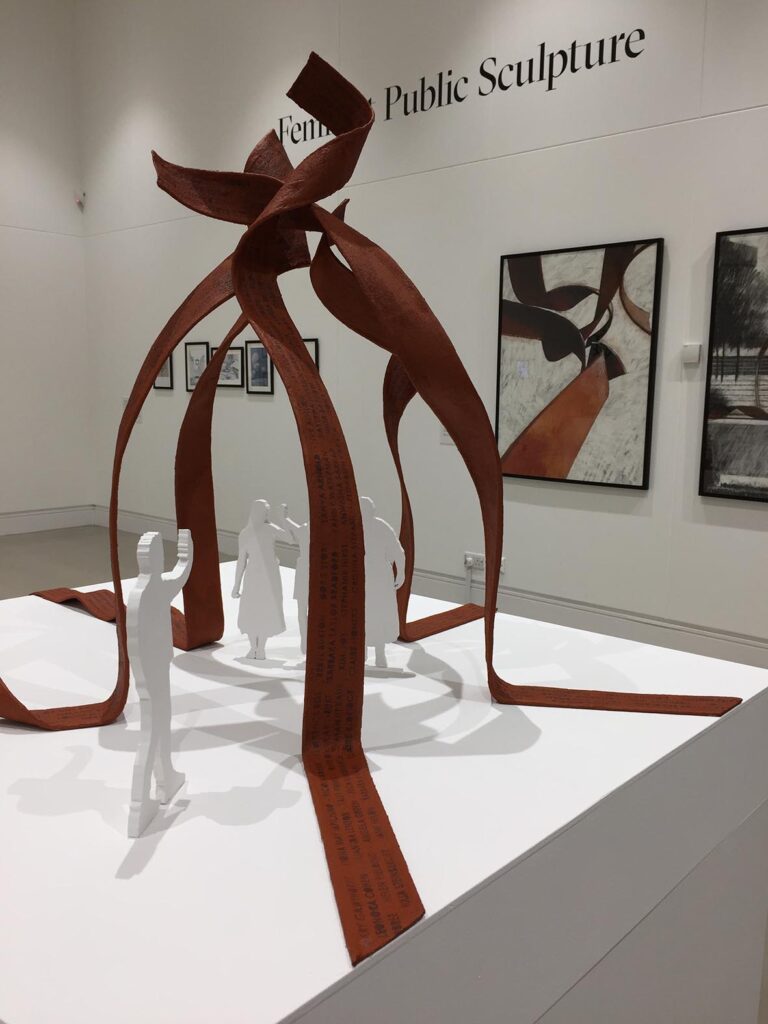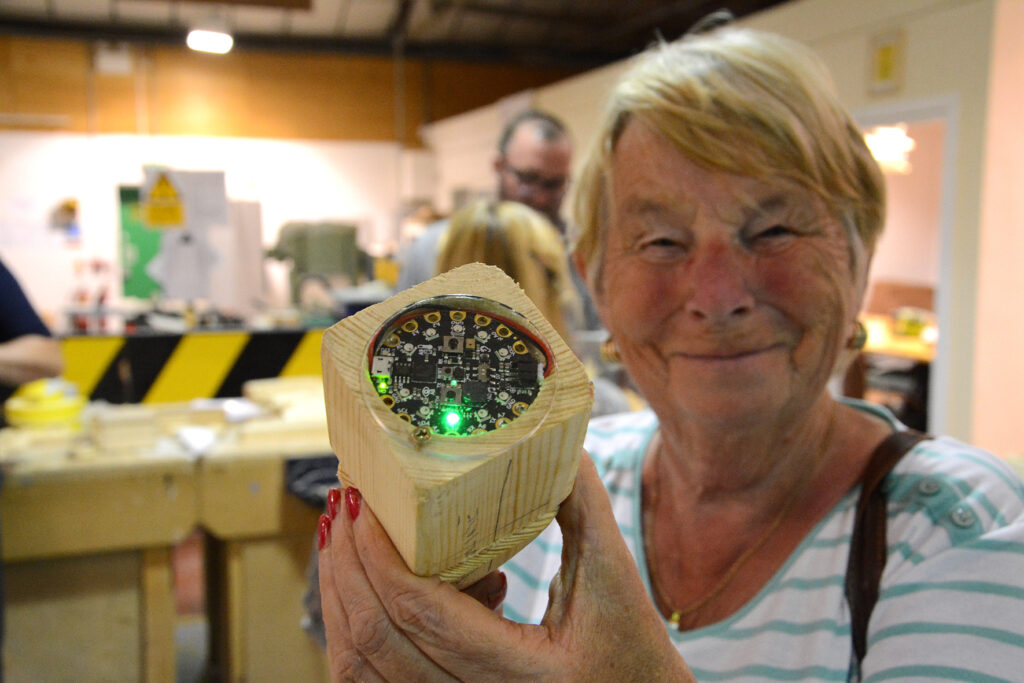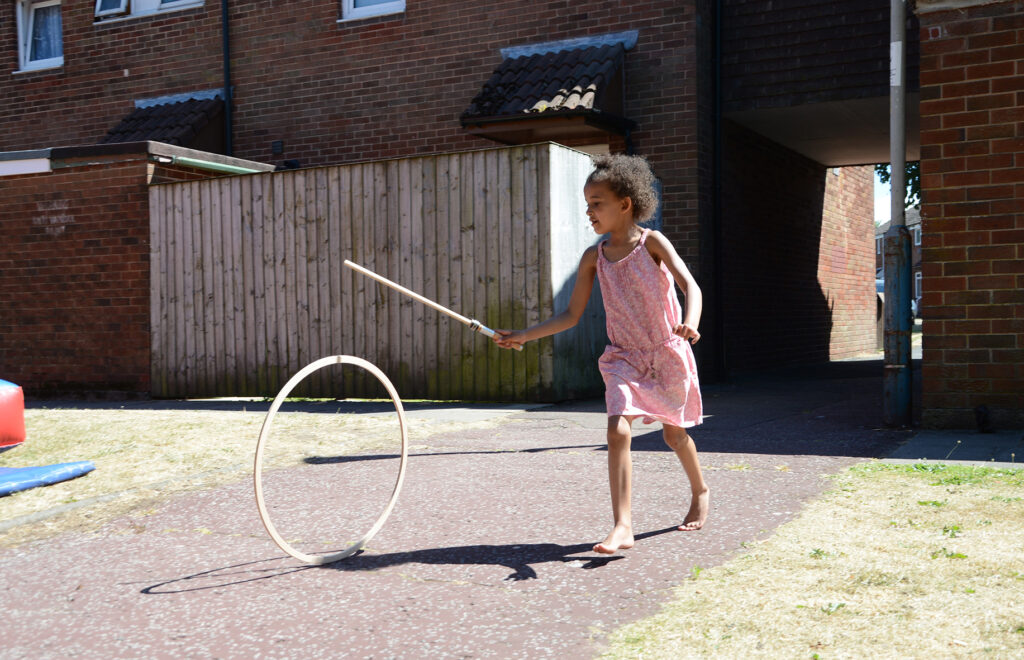ARTIST BLOG | HANNAH FOX
Being asked to write a short piece about ‘Your Life as an Artist’ is a curious task.
I remember messing around with setting up my first smart phone and being briefly puzzled by the face of the scowling woman looking back at me. There was a full couple of seconds before I realised that ‘selfie’ mode was engaged and the woman I held in my hand was me. Unconsciously observing myself was depressing in a mortal kind of way but also rather revealing in a vital way. As an Artist I spend pretty much all of my time, headspace, imaginative energies and practical efforts looking out at others. At other peoples’ communities, moments and needs and I respond outwardly to those things. For these few hundred words, though, I will turn the mirror of the selfie back on to observe and articulate who the Artist is ( it’s me..) and how, when, what, where and most importantly why, the Artist makes her work.
I am nearly 50 and I have been a working freelance Artist all of my life. I grew up in the 1970’s ‘on the road’ with the legendary collective of artists Welfare State International. My parents, John Fox and Sue Gill , along with many others, led this wild and evolving band of musicians, performers, dancers, pyrotechnicians, sculptors and writers. I was a quiet little girl who helped a lot. I sat under the table during meetings, collected scraps of offcuts and made my own costumes, joined in the loading of the trucks, learned my parts on the drum or the trumpet, knew my lines, my cues and set my own props. This was expected of everyone and not a big deal. We lived in caravans and toured the World making work in communities, creating wonder and sometimes trouble, giving, teaching and usually leaving behind a creative impact in the communities we visited in the form of memories, community connections, tangible skills, stuff and inspiration.
After settling in a Northern English town and finally attending ‘proper’ school ( which in itself helped to form me in distinctly different terms) I studied Fine Art at Glasgow School of Art in the beautiful, delicate and now fire devastated Mackintosh building. Dogtroep came to town, a similarly wild band of Dutch creative artists and they made a massive rambling theatre show, Camel Gossip, in the Tramway building when it was still a semi derelict tram shed full of stinking puddles and pigeons. They were seeking a few local artists to get involved and so I joined them. Again, I witnessed extraordinary and surreal art at work crafted by dreamers and makers who worked incredibly hard and knew their stuff. ‘Wonder’ seemed to be their staple and they had developed methods and approaches that were robust and practical to reliably conjure the wonder night after night to audiences of hundreds. These artists were not afraid of magic and they took it very seriously. This epic show formed another formidable apprenticeship for me.
After this immersive, invigorating and terrifying ‘placement’ I was asked by the Artistic Director to join their company in Amsterdam. She knew ‘I got it’ and worked hard. I understood that washers and rivets were as important as wigs and solos and I was tough. I ran away with Dogtroep for 5 years of International site specific performance.
It’s worth spending so many words on these origins because it is fundamental to who I am and my methodology as an Artist. I continually hone my craft, in whatever art form I am utilising, to structurally and reliably hold the wonder for others. It’s often a fragile thing, fleeting and surprising so it’s important that it doesn’t fall down. Badly held or broken magic is worse than no magic at all.
I work across many art forms making public work; films, digital animations, projections, theatre shows, installations and constructions. I utilise whatever art form best suits the idea, the context, the purpose and the budget. I am commissioned to work Internationally, both inside and out, sometimes on my own, but often pulling teams of other artists together who bond their diverse skills to create a more complex work. Sometimes budgets are massive, sometimes tiny. I am asked into settings; a community, a landscape or a conundrum that needs an artistic response, process and outcome. I meet, talk, draw, listen a lot, ask many questions, look around the back, talk to the people up the road, think, sit and dream and then I know what is needed and what I can do. I don’t call myself a Community Artist but an Artist who works in context. This response might be designing and building an interactive installation for hundreds of families to experience at a free festival, working within a community to craft and tell the stories of their estate or village or animating a set of fairytale films about resilience, fear and hope for children to access and explore with activities during the Covid 19 crisis lockdown.
All the work I make has a purpose and I tether the art tightly to the purpose. The purpose shapes the work and the art must respond and bend to the how, when, what, where and why. The art is the tool to fulfill the purpose and, although it is free to soar in surprising directions, it must always serve the purpose, for responding with care to the context, the job in hand, is the work. My role is, in many ways, simply to hold the space.
Having taken this selfie and probed at my practice to briefly describe it on ( digital) paper I can recognise that my work is direct, daringly simple. It seeks to be connected, meaningful and beautiful, welcoming in participants rather than spectators. It endeavours to be playful and imaginative, to make an impact where it matters, to frame a different perspective with depth and honesty and most especially, during these terrifying times, to hold on to wonder.
both now experimental and successful artists and musicians.
Photo: Lizzie Lockhart.
50 year old Hannah creating a Fairytale touring show for
Northumberland with November Club.
Photo: Jason Thompson

